T4K3.news
Breakthrough in sea star mortality mystery
Scientists have identified a bacterium as the cause of billions of sea star deaths.
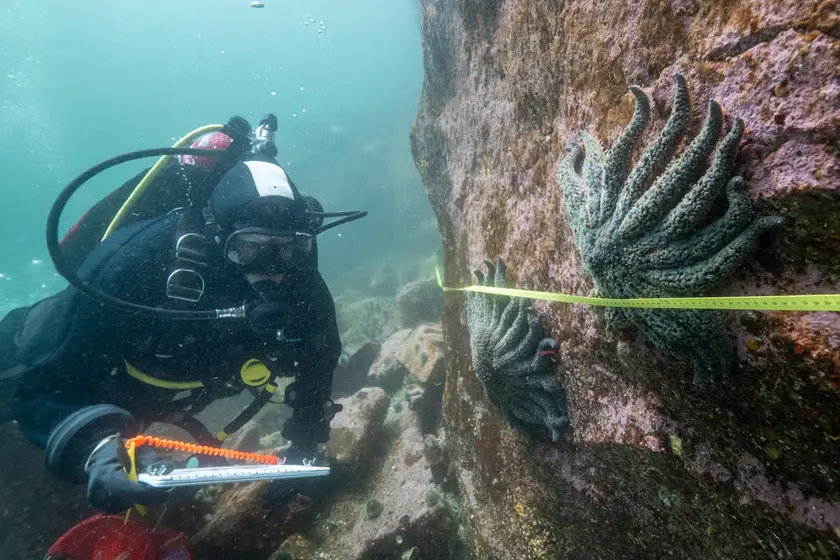
Researchers have identified a bacterium responsible for the death of billions of sea stars along the Pacific coast.
Scientists uncover the cause behind sea star epidemic
Scientists have revealed the cause of a mass die-off that resulted in the deaths of over five billion sea stars off the Pacific coast of North America. This breakthrough, detailed in Nature Ecology and Evolution, links the epidemic to the bacterium Vibrio pectenicida. The mystery has plagued marine biologists since 2013, affecting various species and drastically reducing populations, notably the sunflower sea star. The decline triggered a collapse in kelp forest ecosystems, further impacting marine biodiversity as sea urchin populations surged in the absence of their primary predator. This vital discovery offers a path forward for conservation efforts.
Key Takeaways
"It’s really quite gruesome."
Alyssa Gehman describes the impact of the disease on sea stars' physical state.
"Solving a long-standing question about a very serious disease in the ocean."
Rebecca Vega Thurber highlights the significance of the study's findings.
"They’re voracious eaters."
Ms Gehman explains the ecological role of sunflower sea stars in controlling sea urchin populations.
"This was a complex, decade-long endeavor with many false leads."
Melanie Prentice reflects on the challenges researchers faced in identifying the cause of the epidemic.
Finding a definitive cause for the sea star mortality crisis is a noteworthy achievement in marine research. Understanding Vibrio pectenicida paves the way for interventions that may include breeding programs or monitoring the health of surviving populations. This knowledge is essential not just for the recovery of sea stars, but also for restoring the delicate balance of the Pacific ecosystem they help maintain. The broader implications highlight the interconnectedness of species and the need for ongoing research to preempt future epidemics that can cascade through marine environments.
Highlights
- Understanding the fatal disease is crucial for marine life recovery.
- Healthy ecosystems rely on the balance maintained by sea stars.
- The loss of sea stars has profound effects on our oceans.
- Breaking the mystery is just the first step toward recovery.
Significant ecological risk from sea star deaths
The epidemic has led to ecological imbalances due to rising sea urchin populations, endangering kelp forests and marine biodiversity.
Marine ecosystems depend on the recovery of sea stars to regain balance and health.
Enjoyed this? Let your friends know!
Related News
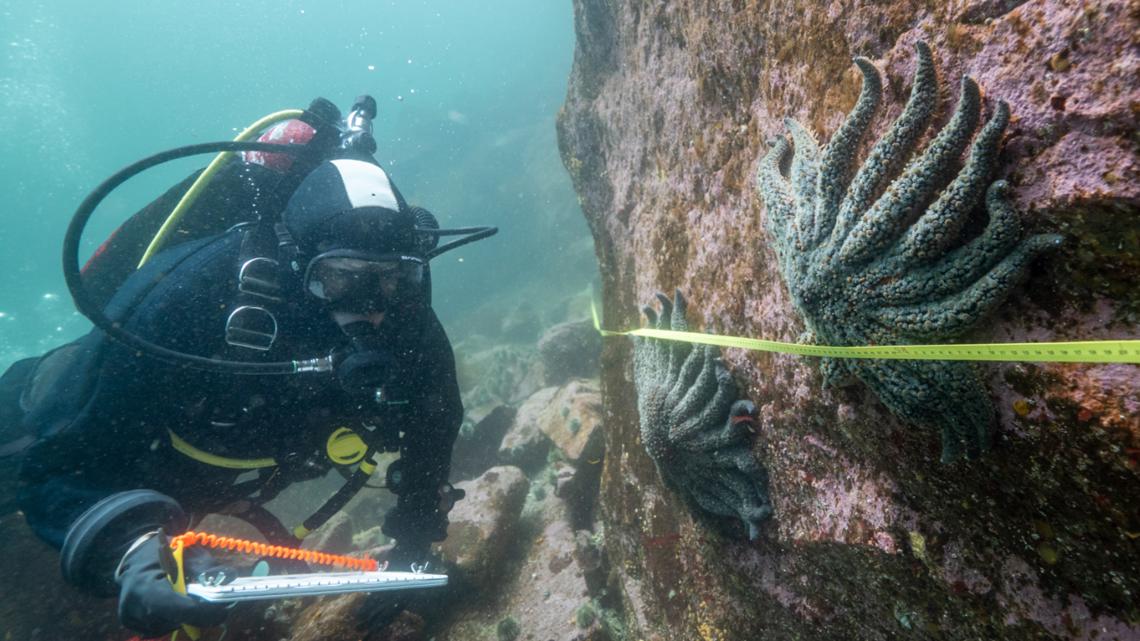
Scientists reveal cause of sea star die-off

Breakthrough research identifies cause of sea star wasting disease
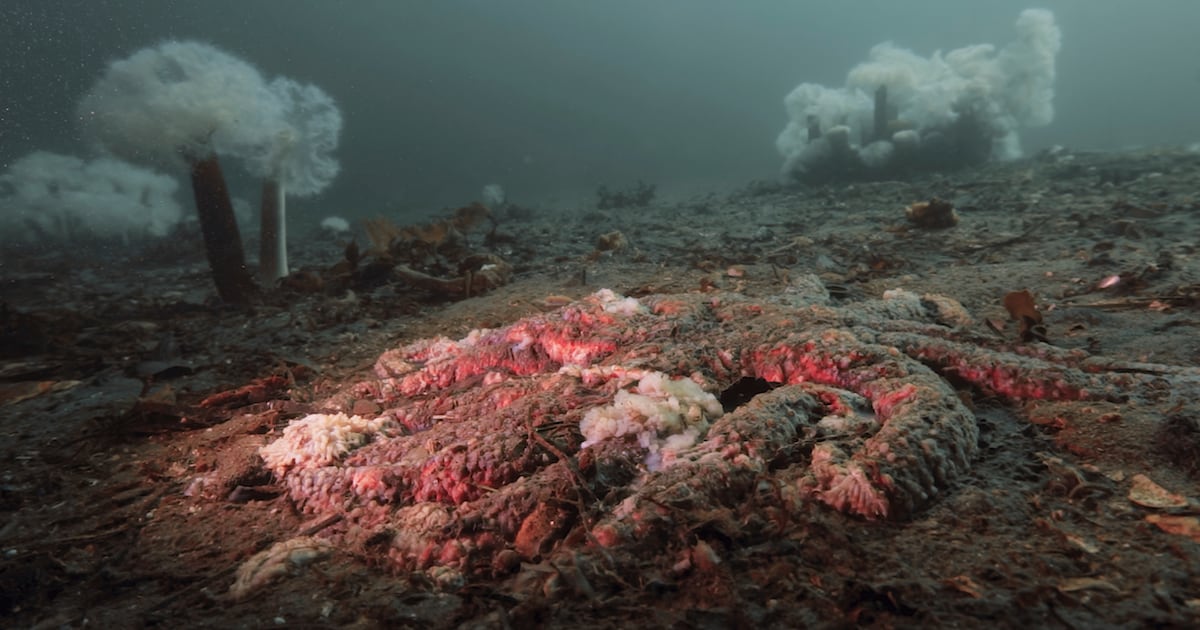
New insights into sea star die-off reveal bacterial culprit
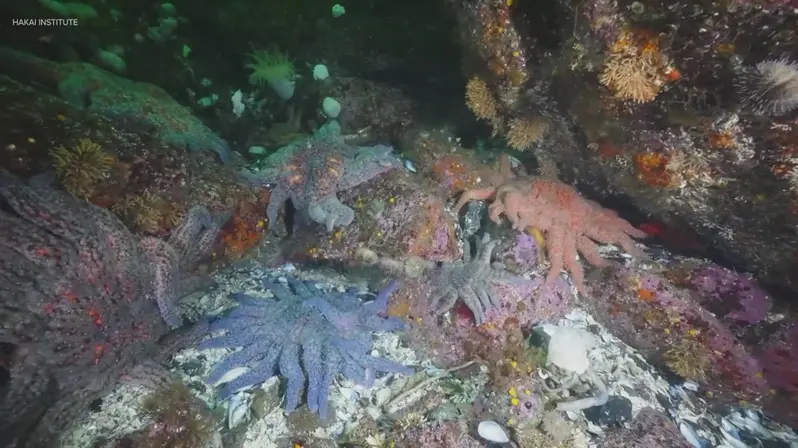
Researchers identify cause of devastating sea star die-off
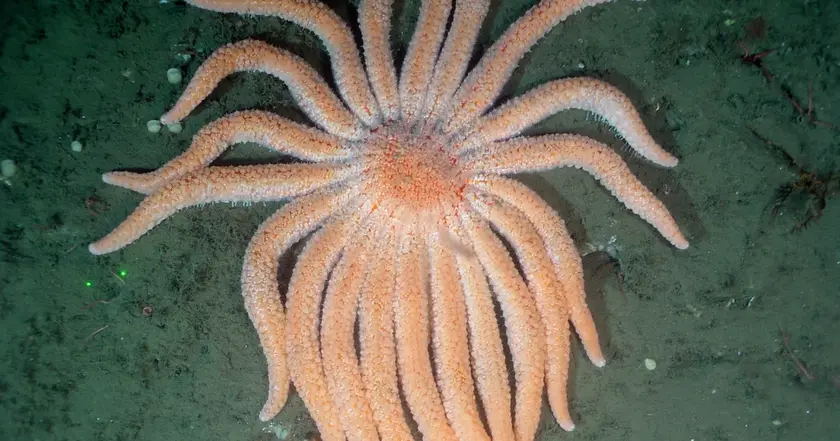
Researchers find bacteria behind sea star die-off
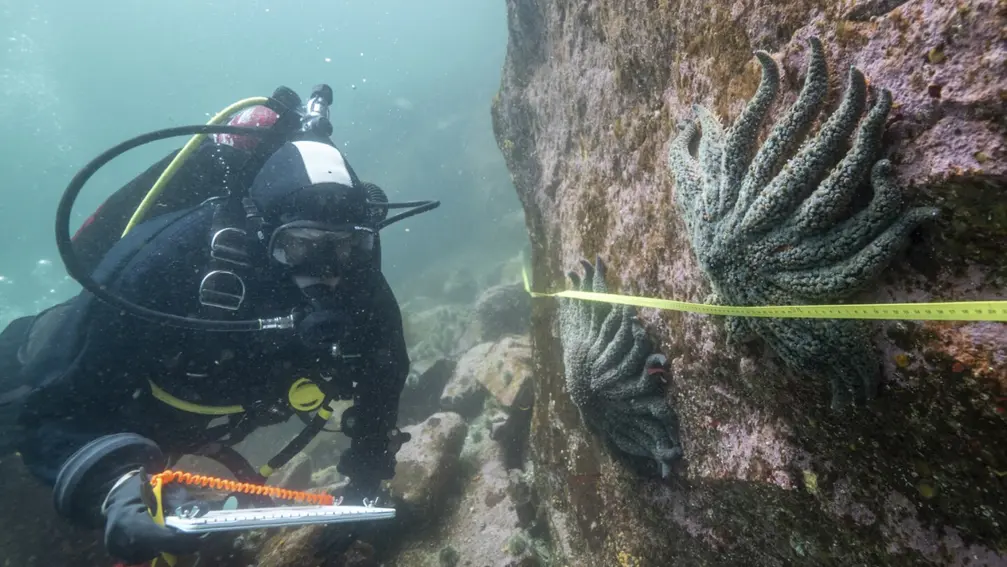
Scientists find cause of sea star epidemic
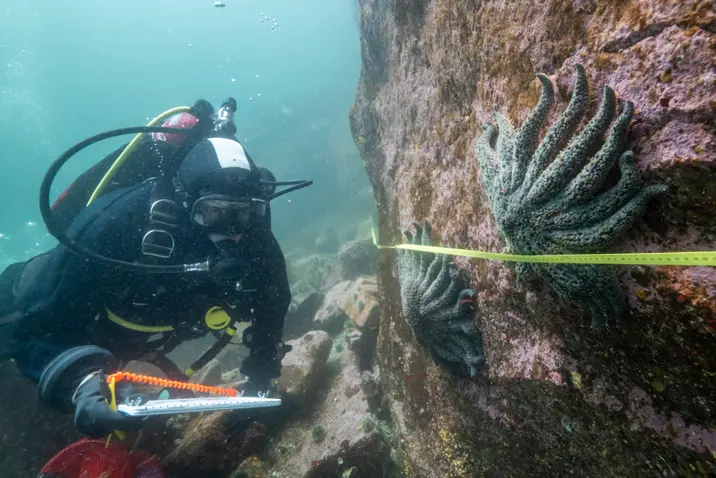
Scientists identify cause of starfish mass die-off

Rampage Gains Popularity on Streaming Services
